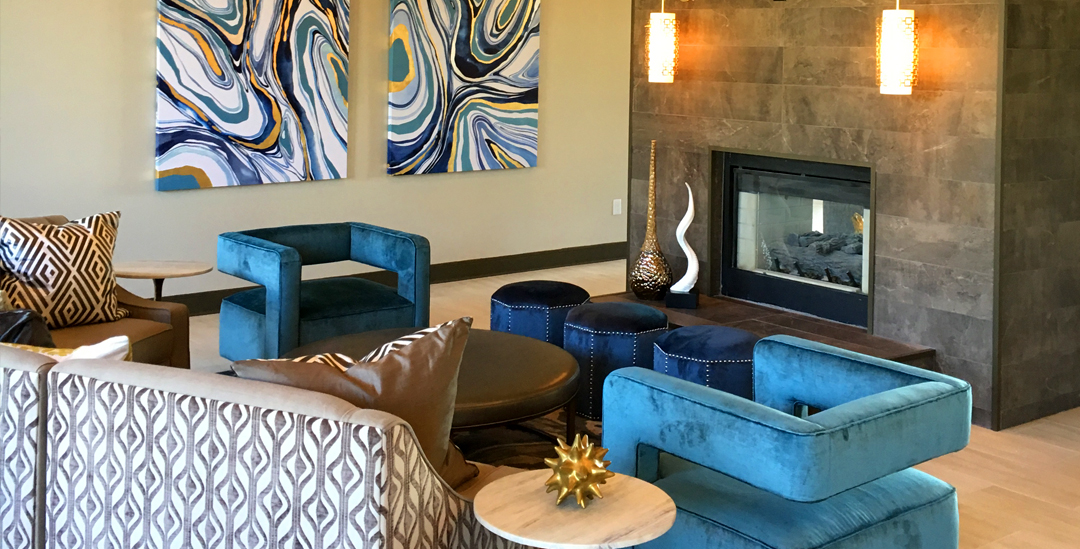The Influence of Interior Design Color Trends
Dec 13, 2016
What’s your favorite color? Everyone has one or more. Think about it; life would be pretty boring without them. Color is magic and it’s an essential part of every aspect of our lives. When interior designers use color, emotions are pinged and a story unfolds. So what are the interior design color trends all about? Did you know color trends are part of a worldwide palette that is carefully selected for virtually every industry?

Interior Design Color Trends
“Color sells” – that’s a proven advertising and marketing mantra. That same concept applies to interior design color trends. Developers and property managers know that the right colors can communicate a brand and sell a property to potential customers. This commercial fact about the influence of color makes it one of an interior designer’s most powerful tools. If your existing development or new project is in need of some chroma therapy, here are a few things to consider.

Color Forecasts
Each year, the Color Marketing Group (CMG) assembles their panels of experts, spanning several industries worldwide. Together, they create color forecasts for professionals who design and market color. Their 2-year forecast affects the colors of every industry including fashion, automotive and electronics. Naturally, these colors find their way into interior design, influencing furniture, accessories, wall and floor coverings, and textiles.

Despite these hot color trends and their use as an interior design color forecast, there are a few key influencers to take into consideration. When using them for interior design, it’s important to know the catalysts of color sense, lighting, hue shifts, and demographics.

Color Sense
Color sense is defined as the psychology behind how your brain processes color through sensory data. When it comes to interior environments, color plays a tremendous role. Although every project is unique, it’s important to note there is always a perfect and appropriate color scheme for every space. As it relates to commercial interior design, the right colors can motivate a prospect to make an important decision like signing a lease agreement. Interior designers have the ability to conceive what a visualized color scheme will look like and convey those to a client in the early design stage.

Lighting
By all means, let’s acknowledge color’s biggest factor: Lighting. Color rendition is completely dependent on lighting. So, no matter what cool color trend you’re thinking of using for your project, lighting can either make it – or break it. With this in mind, there are three main lighting sources; natural, decorative and general. In addition, these sources are applied as direct or indirect, further affecting color. Trained and licensed interior designers take lighting influences into consideration when specifying colors.

Hue Shifts
You’ve probably seen these brain teasers in the past that are color illusions that taunt your brain’s occipital lobe. Pairing certain colors together can actually trick our eyes into thinking they are a different hue or shade. For this reason, interior designers can help you avoid these distracting pitfalls by using colors that take these shifts into consideration. They adjust colors based on their application and proximity to textiles and other surfaces.

Example of Hue Shift: All of the red squares are the same color

Demographics
While new color trends run the gamut of hues, it’s important to note that age, geography, economy, and culture affects which colors are best for your project. Bright tones and spontaneous combinations are more apropos for student housing than senior living. Colors that instill trust and joy are right for active adults but not for a fitness center. Then there’s multifamily developments that need to walk the spectrum’s fine line, catering to an ideal target persona.
These color wild cards are things every developer and property manager needs to consider when establishing interiors. The best way to ensure the latest color trends will influence your target market in a positive way is to hire an interior design group. Not only do designers know what colors are trending now and in the future, they understand the science behind them.
